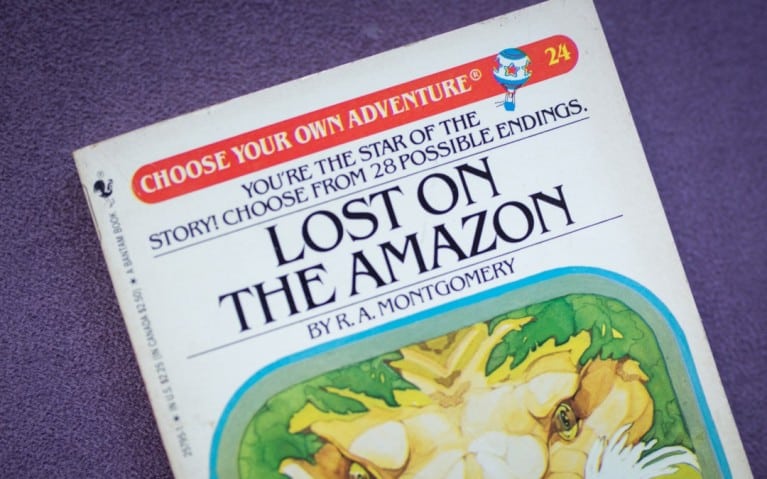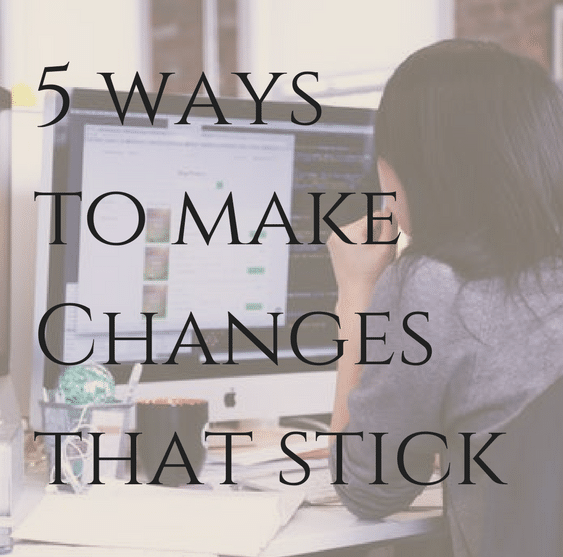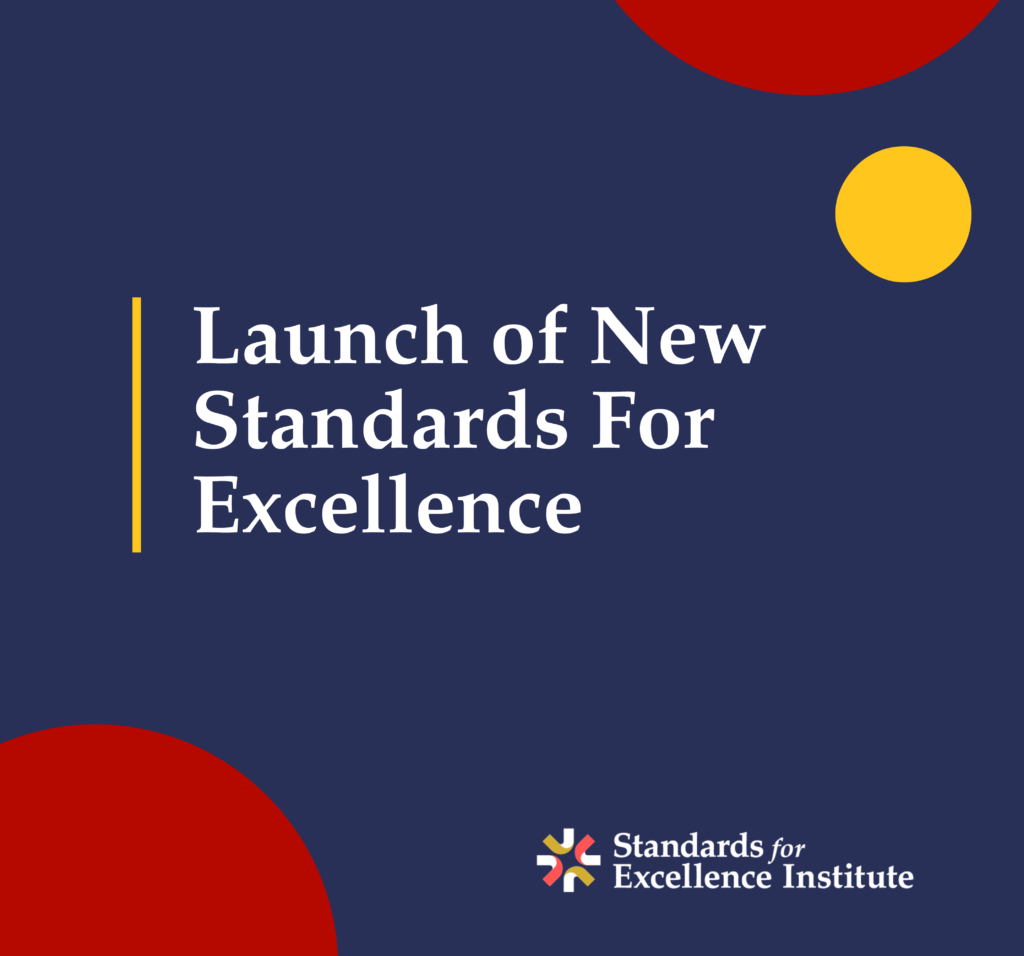
Life is like a “choose your own adventure” book.
With each choice we make, our adventure changes. With one big difference. In a “choose your own adventure” book, we don’t know where the decisions will lead us (unless we look at the end). But in real life, we’re pretty good at anticipating consequences – if we think of it. It’s one of the things that makes us human.
Consider – if you look backward, you can probably describe the path that led you to live where you live, work where you work, love whom you love. Hindsight makes the path easy to see. Moment after moment you made choices – consciously or unconsciously – and each choice created the possibility of making the next choice.
Each moment is the result of all the moments that came before. As Hildy Gottlieb wrote in The Pollyanna Principles: Each and every one of us is creating the future, every day, whether we do so consciously or not.
We can choose our own adventure when we plan for the future.
Not only can we anticipate the consequences of a particular choice, we can reverse engineer the future we want, imagine the steps that led us there, and consciously use those steps to build a path to that desired future. We can imagine we are standing in that future, and use imaginary hindsight to recount how it happened.
What about Strategic Planning?
In an organization, reverse engineering is tailor made for strategic planning. Here are the five steps:
1. Gather all the people who have a stake in your future – board, staff, volunteers, clients, supporters, funders, government – and envision the future.
- If we are 100% successful in whatever it is we decide to do, what will be different?
- For whom? What does that future look like? Who will be affected?
THIS is the inspiration. By envisioning the future, you inspire each member of the board, staff and community to make it a reality. What will be different because YOU exist?
Asking many people who will be affected reminds us that whatever we do is being done by – and affecting – people: clients, frontline staff, administration, community, donors, board, neighbors. This is key to the success of the plan. Think about how difficult change is for some people. It’s often because the people who were planning didn’t include and get buy-in from the different people who would be affected.
2. Consider what needs to be in place for that future to be a reality.
- What do each of these ‘whoms’ need to know, believe, have, for you to achieve this success?
- What needs to be in place for this plan to be successful?
Some of these are beliefs, e.g., staff and board need to believe this vision is possible. It might be knowledge, for example, staff need to know how to do the job – which itself leads to realizing that the staff will need training. It might be feelings, for example, the board needs to feel engaged in the process and willing to step out of their comfort zone — which leads to a need for board guidance. It may be legislation, like appropriate laws or appropriations, which may mean the board needs to advocate. It may be tangible things, like a building in which to work, or updated technology.
3. Assess the resources you already have access to, and identify the resources that you don’t yet have.
Unlike traditional strategic planning, where you start by considering whether what you have are strengths or weaknesses, when you start with a vision of the future, you have something to measure your resources against. You can evaluate whether your assets are really strengths. Just because you have a great music department, if you’re trying to become a STEM resource center, it’s not necessarily an asset. Framing the question about needed resources this way, you can think of missing resources as just one more step to take on the way to the end result.
Based on our previous examples, needed resources might be time, people, faciliaties. Time for staff to be trained; time and locations for staff meetings; activists or lobbyists to advocate the legislature; a building, funds for a building, or relationships with commercial property owners.
4. What actions do we need to take to make sure the resources are available; to ensure the things we need are in place?
Now that we know what we need, and what we have, we can figure out what we need to do. When we start with the vision, identify what needs to be in place, and assess what we already have, then it becomes obvious what actions you need to take.
For example, if legislation needs to change, then we know we need to research our legislators’ positions so we can effectively speak with them; we need to train our board members to be advocates; our staff needs to create materials to support our advocates’ work and a calendar that correlates with the legislative calendar.
Finally:
5. Individuals accept responsibility for making sure each item gets done.
Plans without accountability – knowing who is doing what, by when – are the kinds of plans that get put on a shelf. Nice ideas, elaborate wish lists, but not truly actionable. As Tom Peters is reported to have said, What gets measured gets managed.
Complexity and Success
These five simple steps become more complex – and far more successful – as we identify more affected stakeholders. Including all the people who will be affected makes it far more likely that the needs of each will be taken into account, and no steps will be missed. You’ve looked at both external and internal conditions for success, with an emphasis on the people, rather than the things.
Congratulations! You can choose your own adventure!
What will YOUR future be?
For more tips and thoughts on nonprofit board governance, planning and facilitation, sign up at The Detwiler Group, or email Susan Detwiler directly.
Blog post originally posted on detwiler.com.
Photo Credit: Credit to Sharon Fullerton Photography.



